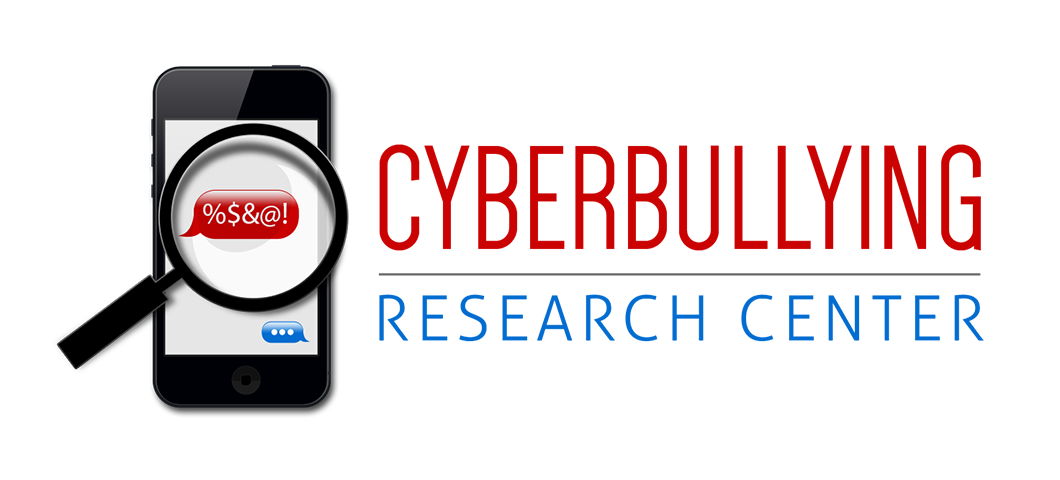
As we’ve pointed out in our blog discussing the fundamentals of electronic dating violence among adolescents, and in our 2010 teen dating violence statistics released last week, we seem to be dealing with a significant social problem here. I wanted to share with you about the other research that has been done on this topic in previous year – which should help illustrate the problem. First, an online survey of teens sponsored by the Liz Claiborne company revealed that 36% of teens say their boyfriend or girlfriend checked up on them as many as 30 times per day and 17% reported that their significant other made them afraid not to respond to cell phone calls, email, or text messages. Another recent poll spearheaded by MTV and the Associated Press found that 22% of youth between the ages of 14 and 24 who were involved in a romantic relationship said that their partner wrote something about them online or in a text message that wasn’t true. This same survey reported that 22% of youth felt that their significant other checked up on them too often online or via cell phone.
The results of these studies, and the numbers from our data collected in the Spring of this year, illustrate that electronic dating violence is occurring across a meaningful proportion of youth. A lot of additional research is necessary to better parse out what leads to this problem, and how teenagers typically deal with it. I personally wish I could somehow reach every teenager who is romantically linked, and powerfully convey what constitutes a healthy and well-balanced relationship, and what depicts a dysfunctional, abusive one. What youth silently and reluctantly accept now in their teenage relationships, they may very well believe is normative in their adult relationships. And that would be such a travesty.








Thanks for the post! Could you provide links to the studies you cite?
Thanks
Excellent advice, as usual. Great article here and I hope to read more of these kinds of dating tips.
this story is sad to me
There are many different ways and opportunities for youth to stay in touch with friends, family and anyone else they desire. It is becoming a daily activity in everyday life, so much as a must use in daily activity. Parents especially know, because every time their child or teenager comes home they go straight to the computer. Sometimes the parent or parents could be just as bad as a child or teenager. Things such as homework, research for any person, place or thing and even being socially active. Scholars’ idea of social networking is a set of people with whom specific types of support are exchanged, as the set of relationships that are somewhat important to people, or interlocking structures in which supportive and non-supportive interactions both occur. Which is not a wrong or right answer because people have they own thoughts about things and their meanings. Others figure it’s a collection of people from a target person and links people with their kin, friends and other associates. This is kind of a role for sites such as MySpace, Face book and many more. It’s a socializing framework that links others through some common purpose, interest, or characteristics. Which is what I can 100% agree with because it explains it very well. People can stay in touch with whom they may have worked with, attended schools or shared the same interest such as actors, artist and musicians. Social networking is sometimes useful and handy until it is misused and abused, which is when it becomes very dangerous. Girls are known to spread rumors and lies of other girls while boys spread rumors of the homosexuality of another boy.